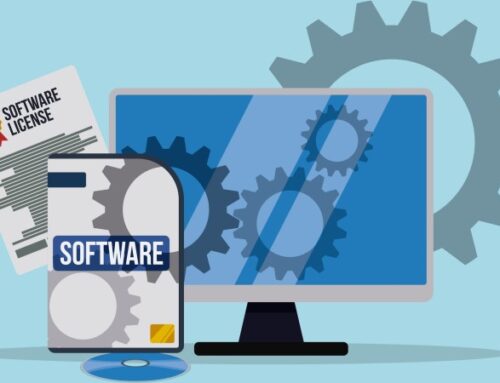Have you already realized that in 2020 we will very soon be in the new 20s? Imagine schools 100 years ago, think of leather satchels, children on uncomfortable school benches, strict teachers, pens and paper. But even then, reforms in the curricula were on the agenda, so that pupils could receive individual support.
What about learning today, in the age of digitalization? We look at the opportunities and risks of digital learning and take a look into the future.
That means digital learning
Whether schools, universities, museums or companies – digital teaching is an important part of education today. It is characterized in particular by the use of various media, increased interactivity and the possibility of using digital platforms.
In addition, the use of digital media is linked to the fact that the students can use them partially independent of time and place. In the following, you will learn which media are already being used for digital learning in schools.
Types of media in schools
From a game on the computer to an interactive whiteboard to digital learning apps on the tablet or smartphone – the variety of learning platforms is enormous. Get an overview of the digital media used, which are often used in class today:
Opportunities of digital learning
Does digital teaching contribute to learning success for pupils? How much digitalization is useful for learning? Will our children learn programming in kindergarten and later follow history lessons with 3D glasses? Do the dangers outweigh the overall risks? The discussions in the ministries of education, among teachers, between parents, in research institutes and business associations are enormous.
According to a study by Stark-Verlag, in which 5,000 teachers participated, roughly only 6% of teachers do not see any advantages in digital learning. This shows how much potential even schools themselves see in digitization.
80% of those surveyed cite above all the advantage of faster understanding of teaching content. In addition, digital school materials encourage active participation of children, as they follow the lessons more attentively. Teachers also report that children remember what they have learned better.
Another advantage of digital media is seen as the individual adaptation to the child’s abilities. In the past, every child received the same worksheet, but today individual tasks can be given that are less demanding or less challenging for the children.
The activation of the different senses is also seen as a positive aspect. For example, while e-books address the auditory level, pictures and videos stimulate the visual senses. This possibility of stimulation also promotes learning success.
Risks of digital learning
Teachers consider distraction, reduced ability to concentrate and a possible superficiality of the learning content to be particularly high risks.
Many teachers also warn that practical and motor skills are neglected. Writing with pen and paper, for example, or arithmetic, as the smartphone often functions as a calculator.
But the concern about the risks is growing. There is a high risk potential in social behavior. Cyberbullying, content that glorifies violence, pornography, addictive behavior, stress from stimulus satiation and loneliness are some of the effects that teachers and parents must keep a close eye on.
The future of digital education
Will students in a few years have chemistry lessons in virtual laboratories and follow geography lessons on artificial holograms of the Earth? Will you possibly be taught by robots and generally have less classroom time, as digital learning environments will allow learning from a distance? The future visions around digital media know almost no limits.
The extent to which learning with digital media will be introduced into schools is currently highly controversial. On one point, however, the various parties are largely in agreement. The keyword is: media education. In the study by Stark-Verlag, 95% of the teachers stated that they considered it necessary that pupils be increasingly trained in the field of digital media.
For the teachers themselves, too, it is indispensable to take part in further pedagogical training in the field of interactive learning platforms. In addition, parents have a duty to sensitize their children to the new media. It is therefore clear that current developments are moving strongly towards the expansion of digital media in schools, the fight against social risks and a focus on media education for pupils, teachers and parents.
TeamDrive supports digital learning
TeamDrive is already making a contribution to digital learning. For example, students can use the Sync&Share software to work on seminar papers together and share all documents between the members of the working group. Automatic versioning and backups ensure transparent and secure collaboration. Another reason for using TeamDrive is the offline availability of data. Your classmates do not need an Internet connection at home to continue working on their seminar paper, but can work on your document offline, and at school the data is then automatically shared with the working group and the teacher.




